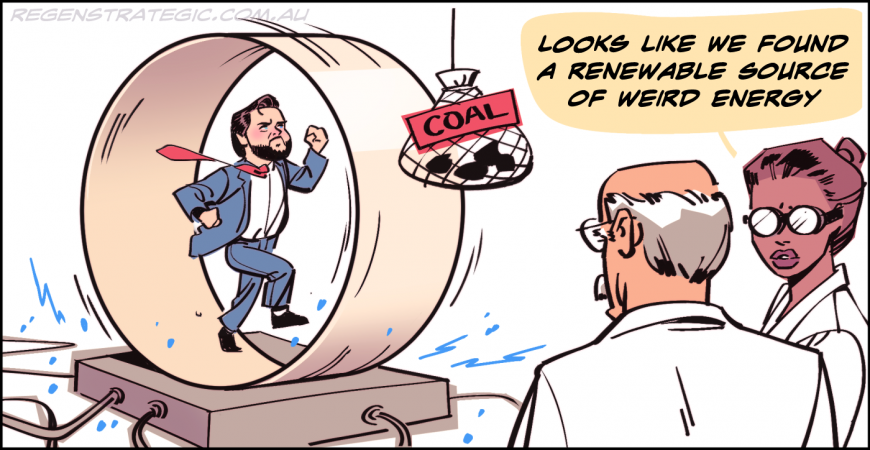If we want to live in a world where facts matter, I reckon we need to call out misinformation when we hear it.
Such as J.D. Vance describing the science around carbon emissions causing global warming as “weird”, in last week’s US Vice Presidential debate
With the Trump-Vance ticket a reasonable chance of winning next month’s presidential election, Vance’s statement is alarming, if not surprising. Defending carbon dioxide as natural and harmless is increasingly common among climate sceptics.
Other favourite talking points include the nonsense that offshore wind turbines kill whales and that electric vehicles are worse for the climate than internal combustion engine vehicles, as a Trump supporter sitting behind me on a recent flight was telling all and sundry.
I’ve discussed the offshore wind issue in a previous column. But, on the topic of EVs, the International Energy Agency found that an EV purchased in 2023 would emit about half the emissions over its lifecycle than an ICE vehicle purchased at the same time, with this comparison improving every year as the refining processes for battery minerals, as well as recharging grids, become less carbon intensive.
In Australia, the EV Council puts the carbon payback period for an EV at about 38,000 km, or between two to four years, with this lessening every day as renewables on our power grids rapidly expand.
If you’re wondering whether I put all this to my flying companion, you’ll be disappointed.
Instead, I took the opportunity to get my facts straight, then counter from the relative safety of this column.
This article also appeared in The West Australian newspaper.
 ReGen Strategic
ReGen Strategic